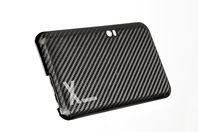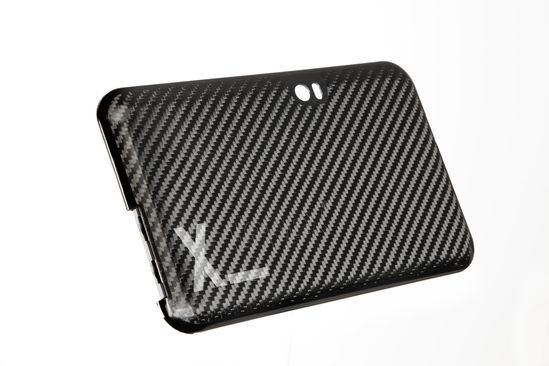Asia
EMEA

LANXESS Canada Contacts
Contact our Sites in Canada
Media Inquiries
General Inquiries
Please click here to e-mail LANXESS Canada with product inquiries and general requests.
Global Press Releases
2016-02-22
Bond-Laminates at JEC, March 8 – 10, 2016, Paris Nord Villepente Exhibition Center, Hall 5A, Stand H11
Continuous fiber reinforced thermoplastic composites – on the road to success in large-scale series production
- Simulation of process and component properties
- Development of production-ready prototypes at own demonstration cell
- High surface quality with variothermal mold temperature control
LANXESS subsidiary Bond-Laminates is exhibiting new applications for its Tepex range of continuous fiber reinforced thermoplastic composites at the JEC World Composites Show & Conference 2016. “At the world’s leading composites trade fair, we’re looking to highlight the opportunities offered by Tepex semi-finished composites in large-scale series production of components in terms of their mechanical properties and optical performance. This applies in particular to hybrid molding, which combines forming of semi-finished products with injection molding,” says Jochen Bauder, Managing Director of Bond-Laminates.
Forming and overmolding directly in the injection mold
In hybrid molding, semi-finished composites are both formed and overmolded in an automated one shot process in the injection mold, thus shortening the production process. The investment costs are also cut by eliminating the forming tool. The result is precision 3D components in highly reproducible quality that do not require reworking and directly integrate functions such as fixings and guides. “The cycle times for this reliable and stable production process are now 60 seconds and less, which also facilitates cost-effective large-scale series production of complex components,” says Bauder.
At the Brilon site, Bond-Laminates has installed a demonstration cell for fully automated processing of Tepex using hybrid molding, among other things. “We use this to support customers in developing production-ready prototypes,” says Bauder.
Local fiber alignment from draping simulation
Bond-Laminates is able to simulate all hybrid molding process steps, whether these concern the draping of the semi-finished composite or mold filling in overmolding the formed insert. “Starting with the local fiber alignments in the formed semi-finished product that result from the draping simulation, we can also calculate a component’s mechanical properties precisely and adapt the design to the load scenario accordingly,” says Bauder. These integrative calculation tools have already proven their reliability and precision for numerous prototype and series components.
Attractive surfaces for visible applications
Hybrid molding with Tepex semi-finished composites is not just ideal for manufacturing structural components that are hidden from view, such as front ends, brake pedals and seat shells, it also comes into its own for visible applications, including electronic housings and sports equipment components, that need to look good. Variothermal mold temperature control delivers surface quality that meets demanding requirements. “This will be on show at our stand in Paris using a demonstration model that will also highlight the design options that Tepex opens up in hybrid molding,” says Bauder.
At JEC, Bond-Laminates is showcasing highly integrated, crash-resistant seating shells from a German sports car and a ski binding as examples of cost-effective series-produced structural components using hybrid molding. “To clearly explain the automated hybrid molding process to our customers, we’re presenting videos covering the series production of various components at the trade fair,” says Bauder.
LANXESS is a leading specialty chemicals company with sales of EUR 8.0 billion in 2014 and about 16,300 employees in 29 countries. The company is currently represented at 52 production sites worldwide. The core business of LANXESS is the development, manufacturing and marketing of plastics, rubber, intermediates and specialty chemicals. LANXESS is a member of the leading sustainability indices Dow Jones Sustainability Index (DJSI World) and FTSE4Good.
- Gallery






